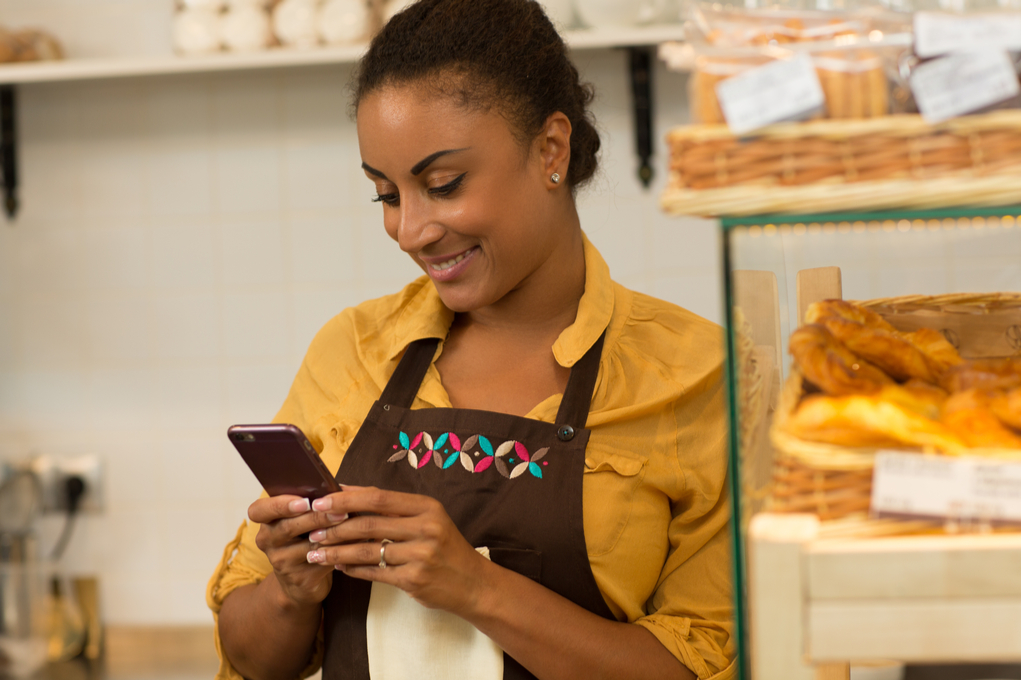Approximately 4.6 billion people from all around the world use social media. About 23% of social media users are shopping on social platforms. With online shopping still obviously on the rise, incorporating a retail social media strategy can help brick-and-mortar spaces get more traction. When the goal of a retail business is to get more in-store engagement, a solid retail social media strategy shouldn’t be an afterthought.
Social Media Retail Strategies and Trends
Social media isn’t just where teenagers and young adults post pictures anymore. Each platform brings something unique to the table and can do the same for retail businesses. Below are some simple social media strategies your retail business can use to increase traffic in your brick-and-mortar space.
1. Choose Specific Social Platforms
Not all social media platforms work best for every business. Instead of creating a profile on every popular platform, choose one or two to focus your energy. Retailers often utilize Instagram due to the appealing visuals and Reels that draw genuine interest. If your business is less visual and engages more by sharing articles and other links, Facebook or Twitter may be better choices.
2. Know Your Target Audience
Pinpointing your business’s target audience is beneficial when it comes to appropriately marketing products in-store and through social outlets. Knowing your ideal customer’s age, demographics, interests, and lifestyle help you connect with them on social media platforms. Appropriate hashtags can also be used to share your online presence with possible new customers.
3. Enhance Customer Service
Social media is a great way to connect genuinely with customers to both help them with their questions and interest them in future retail events. According to the 2020 Sprout Social Index, 37% of social media messages are from shoppers who have customer service-related questions. About 60% of those who reach out through a retailer’s social media expect a response within an hour. Having active, on-trend social platforms with fast response times keeps shoppers happy and interested in your business.
4. Promote In-Store Specials and Events
When the goal of retail social media strategy is to improve in-store traffic, advertising specials, deals, and collaborations through social media help! Take Instagram, for example. Posting special deals and discounts on the main grid or in an Instagram story can make followers visit your page more often. Once people learn special deals are shared through social media, they’ll follow more closely. This can become a huge advantage for your retail business.
Collaborate with Influencers
Many social media influencers have become household names over the last few years due to their relatable, realistic Instagrams with incredible visuals. Many of these influencers work with retailers to help them market their products as part of the business’s retail social media strategy. Connecting with influencers to collaborate is a terrific way to market your business and gain in-store traction. Seeking out smaller, up-and-coming influencers may be an affordable, mutually beneficial way to increase foot traffic and sales.

